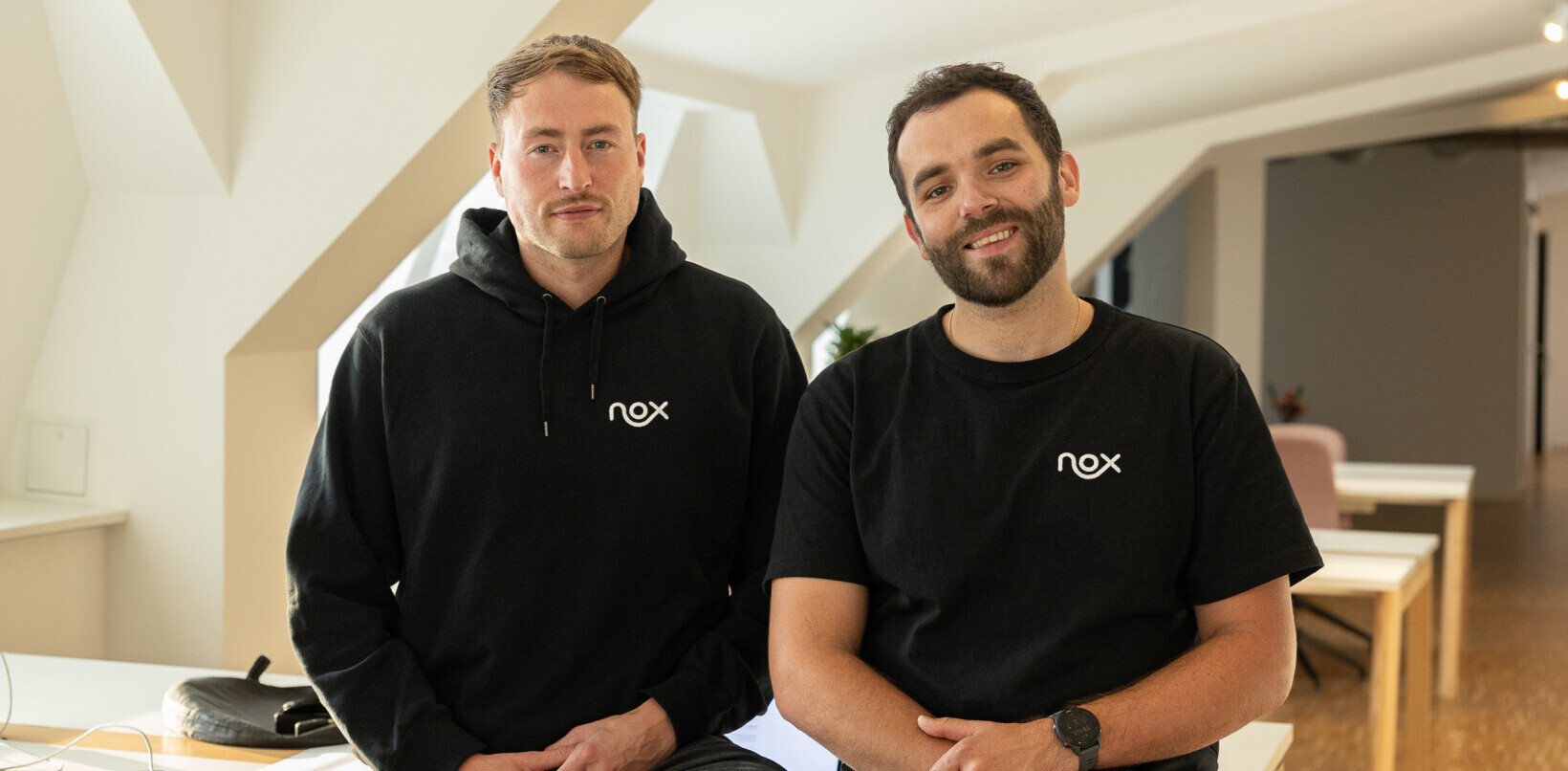
According to a Silicon Valley Bank survey, more than half of today’s health and tech startups expect to exit via acquisition. All too many founders think their lofty dreams and cleverly worded pitch decks will carry them through to successful exits.
But acquisitions don’t merely materialize — they require strategic planning and sustained effort over time, just like any other major company initiative.
Truly successful acquisitions require not only meticulous planning but also developing mutually beneficial alignments with potential buyers.
Entrepreneurs need to consider early on which companies would be the best fit as potential acquirers, how acquisitions work in their industry sectors, and what they are aiming for in terms of valuation.
To position themselves for successful exits, entrepreneurs need to identify — and, ideally, form partnerships with — potential acquirers at the right stages in their development. And there are several factors to keep in mind about how to pinpoint the right time to sell.
1. Do the homework to find your ideal buyer
I’ve met many entrepreneurs who think they are going to sell their company to Amazon or Google, but they have no clear idea of why those companies would be interested in buying them. Founders need to take a close look at companies that have been acquired by their targets and analyze why those transactions were successful.
In doing so, they’ll notice a pattern: large companies like Google are often interested in acquiring startups that will either save them money or that have the potential to increase their revenue substantially.
Amazon’s 2012 purchase of Kiva Systems, a warehouse robotics company, for example, ultimately transformed the e-commerce giant’s order fulfillment processes. Amazon bought Kiva for $775 million, and its technology has saved Amazon an estimated $2.5 billion in operating costs, according to PitchBook.
If a company is building the right foundation for future acquisition, its founders and managers need to be clear about their value propositions and be able to articulate why their companies are a good fit with potential buyers.
2. Increase your company’s exit price with attachment-value
Most entrepreneurs tend to focus on solving the problems that plague their customers and then build their companies around those solutions. For those hoping to exit via a successful acquisition, this strategy can be short-sighted. You’re not selling your company to those customers. You’re trying to sell your company to potential acquirers that share a similar customer base.
If you want to sell your company for a strong multiple, it’s important to make sure your product serves the potential buyer’s target customers. One goal is to save the acquiring company on their cost of customer acquisition — essentially, the money they spend on marketing, sales, and other efforts necessary to attract new customers.
When Microsoft purchased software development platform GitHub for $7.5 billion in stock, for example, Microsoft acquired not only a $200 million annual revenue stream; it also gained the 27 million customers who were already using GitHub.
If a potential buyer showing interest in acquiring your company will save on customer acquisition, because you have created alignment between your product and the buyer’s target customers, and your product or service has the potential to increase the buyer’s revenue, then you’ve set the foundation for a profitable deal. This ideal fit is known as attachment value — and it can increase the sales price of your company significantly.
3. Know when to pull the trigger
A startup’s life cycle typically resembles a bell curve. Growth can be non-existent in the beginning, and then it slowly begins to escalate until it hits a peak. That’s usually around the time when a competitor comes along with a better product, the startup struggles to grow sustainably, or something else happens that causes a backslide.
Ideally, buyers want to acquire a company at a lower point on the bell curve, when the startup still has significant room to grow. They don’t prefer to buy when it’s reaching its peak, because that comes too late in the maturity cycle and they pay a significant premium. If you’re the seller, you’d like to be acquired when things are going well — so you can demand the best price for your company.
However, founders often wait too long, worrying they’re going to leave money on the table. When that happens, they usually end up losing out. For example, Gilt Groupe, developer of the Gilt flash-sale site, was acquired in 2016 by department store owner Hudson’s Bay Company for $250 million.
At one time, Gilt had been valued at $1 billion. By 2014, however, it was struggling to turn a profit, and it resorted to laying off nearly 50 people before being acquired by the retail giant. The founders held out for too long instead of selling the company at its peak.
It’s no secret that an entrepreneur’s world is filled with uncertainty, unforeseen setbacks, and unexpected opportunities. You can more skillfully navigate that ambiguity and prepare your company for a profitable exit by continuously tracking your progress toward key goals, measured by established key performance indicators.
Having this level of insight into your company’s performance can help you determine how to approach potential buyers and — putting emotions aside — decide when it’s the best time to make your exit.
Get the TNW newsletter
Get the most important tech news in your inbox each week.





